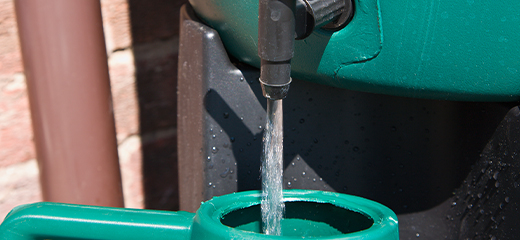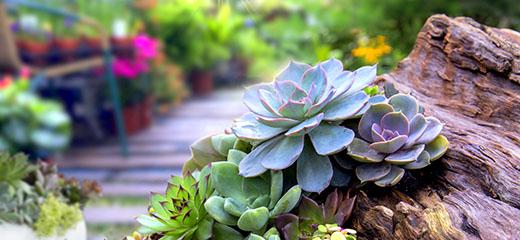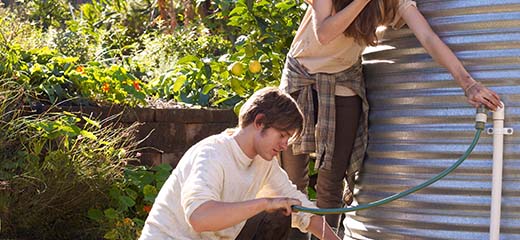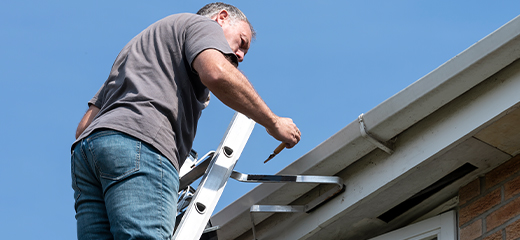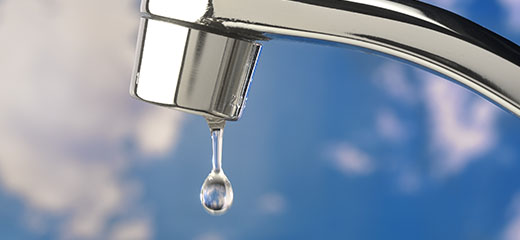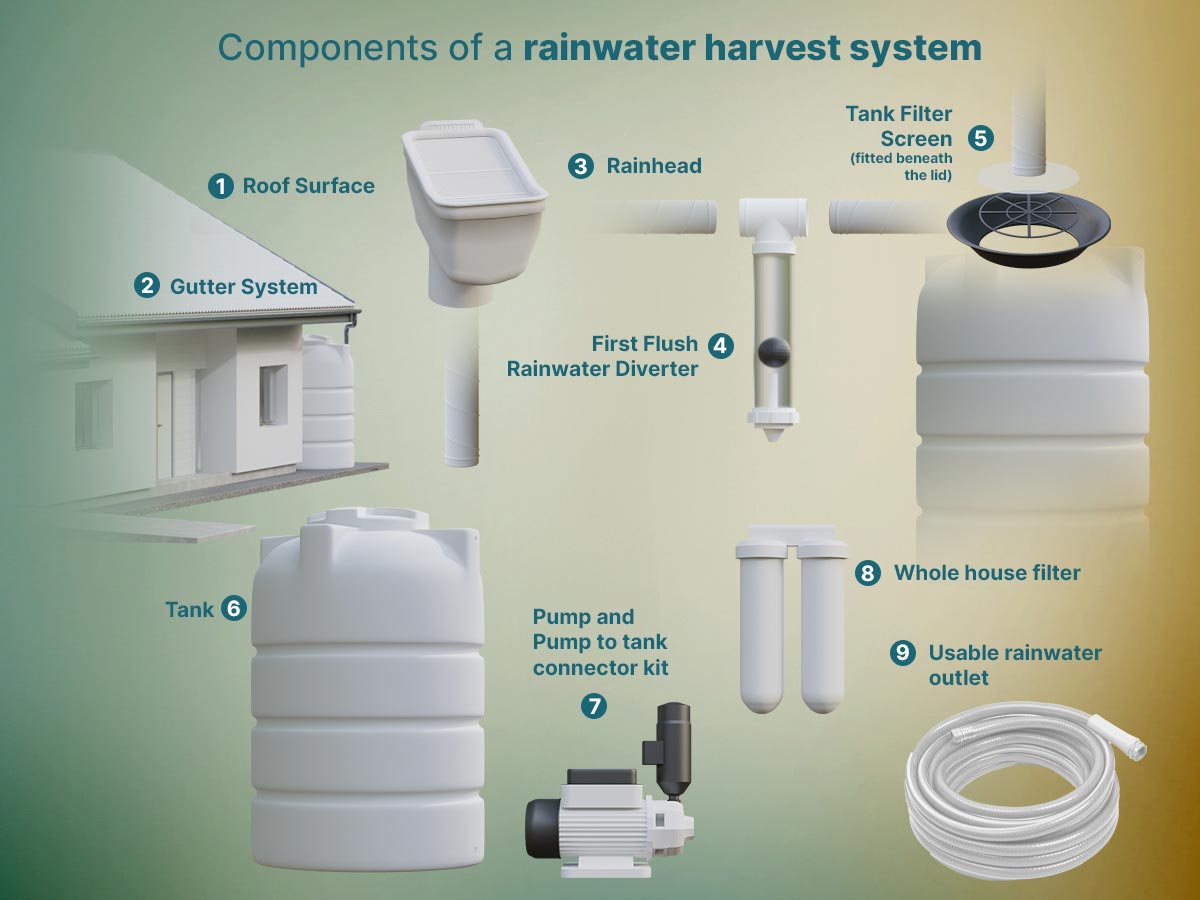
Manage your home
How a rainwater harvesting system works
Rainwater harvesting is fast becoming an area of interest for homeowners looking to protect themselves from price increases, water outages and restrictions. A rainwater harvesting system is made up of more than just a tank though.
While the tank plays an essential role, it is the combination of components that makes a rainwater harvesting solution so effective.
- Roof: While a roof does not form part of an installation, its importance should not be underestimated. Roof-top rainwater harvesting is the most effective option for residential property as it offers the largest surface exposed to rain. Sloped roofs made of smooth materials offer the best harvesting potential. However, even flat roofs have a slight angle to them to promote rain run-off and if your flat roof is in good condition and has a plastic, rubber or metal covering your harvesting potential is still good.
- Gutters: Your gutters are another existing structure that is essential to the success of your rainwater harvesting system. Gutters play an important role in diverting rainwater away from the home to prevent structural damage. Your gutters are already doing much of the work by gathering rainwater run-off from the roof and directing it towards downpipes.
- Rainhead: A rainhead is fixed to the downpipe of your gutter and acts as a pre-filtration device by reducing the amount of organic sediment that is sent to the rainwater tank.
- First flush rainwater diverter: Between rains, a variety of sediments and contaminants settle on your roof and gutters. To prevent these elements from entering your tank, a first flush rainwater diverter is installed to divert the first flow of rainwater away from the tank and keep your stored water cleaner.
- Tank filter screen: Fitted beneath the lid of your rainwater tank, the tank filter screen keeps out debris, solid particles and organic contaminants from entering your water storage.
- Rainwater harvesting tank: The best material for a rainwater tank is a high-quality plastic, such as polyethylene, as it does not rust, corrode or leach chemicals into the stored water. When deciding on a tank for your home speak to your supplier about whether the tank is manufactured in one piece (reducing the likelihood of splits or cracks) and has a food-grade inner lining or coating to keep the water fresh.
- Pump and connector kit: If you are wanting to use your stored water away from the tank, a pump and connector kit becomes essential. The pump pressurises the outlet system, ensuring good water flow to areas that don’t benefit from gravity pressure.
- Whole house filter: This type of filtration system will ensure your water is safe for use throughout the home, including cooking and even drinking.
- Usable rainwater outlet: While most rainwater harvesting tanks come with a tap installed, the position of the tank may not always be convenient for your needs. The usable rainwater outlet is connected after the pump and whole house filter (if installed in your system) and pipes your clean rainwater to where you want to use it.
Related articles:
